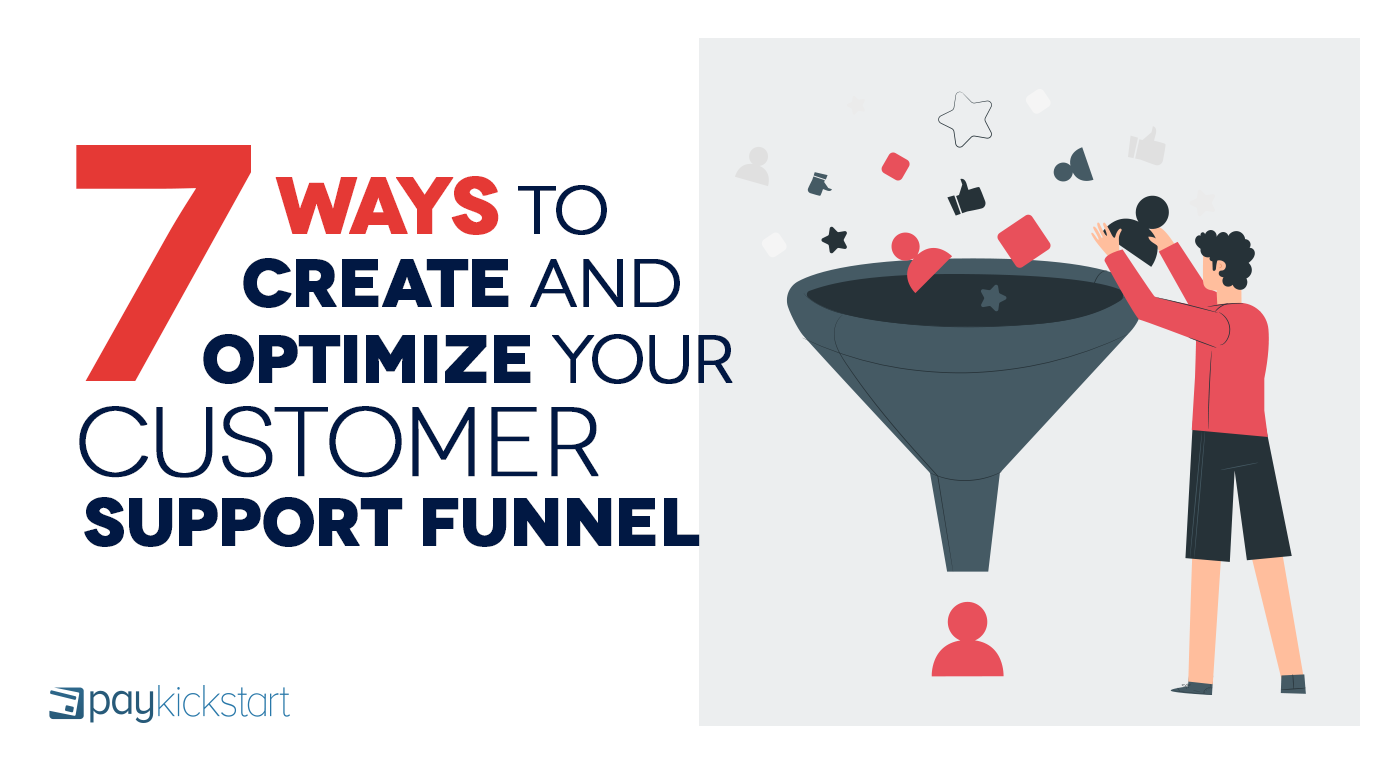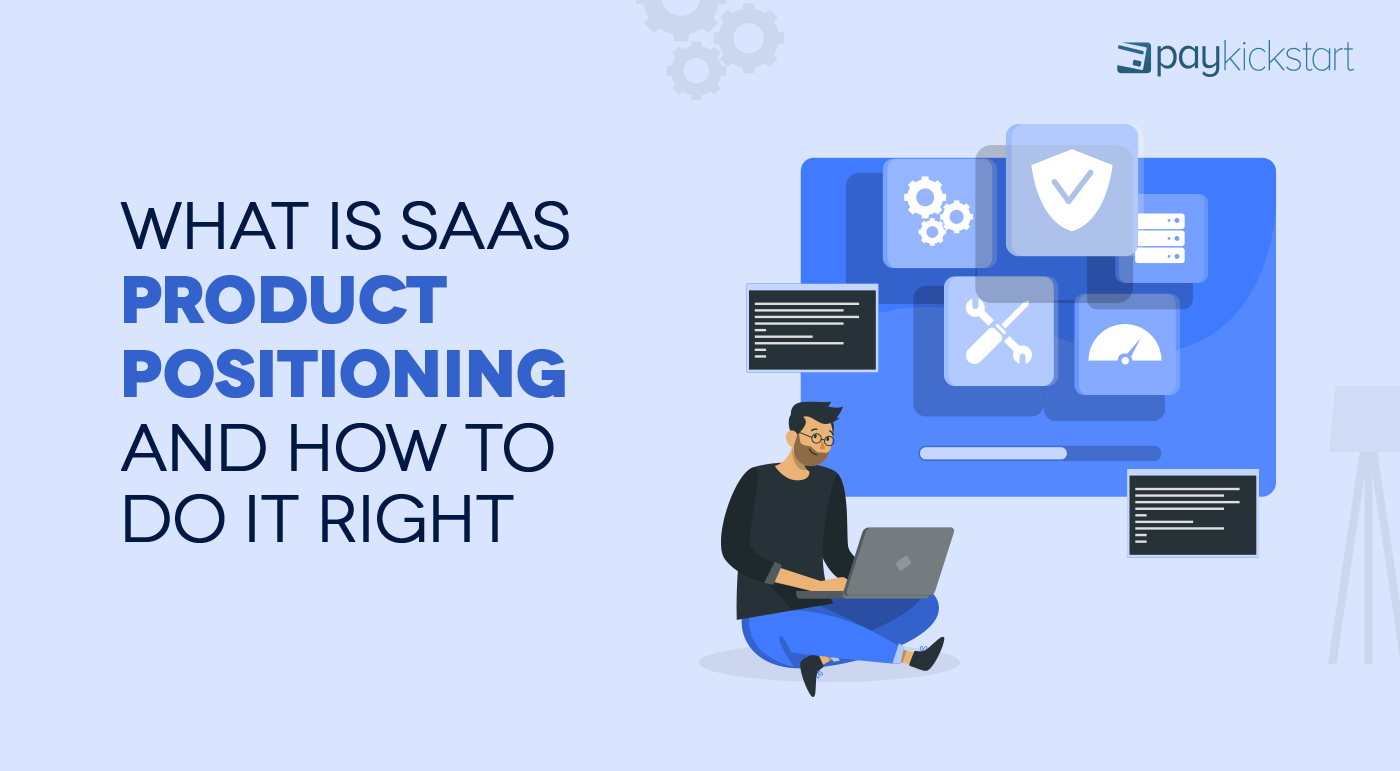Subscription growth hack (by PayKickstart)
Facebook Group - 3,932 members
Visit Group
An accurate LTV calculator is important to the success of your business.
It’s different from other metrics like MRR or social media followers because it has a direct impact on the acquisition channels, price points, growth strategies, etc. you can use.
If your LTV is below a certain threshold, a sales team won’t make much sense for you. When LTV is high, you’re able to test more channels and optimize your business differently. For example, the acquisition channels and funnels for Salesforce are drastically different from those of Netflix. Neither is inherently better, all that matters is what you do with the information at your disposal.
LTV also gives you a more complete picture of your relationship with a customer over time. Most other metrics like ARPU or MRR are snapshots. ARPU shows you the average customer pays you at any given point in time. It doesn’t tell you how long that relationship may last.
MRR tracks your subscription revenue in a month. It doesn’t share whether or not that number is growing or contracting or even if you have more or fewer customers.
LTV, on the other hand, does give you an idea of all these things. It fills the gap between retention and revenue metrics and makes it clear how much you can spend to acquire a customer and remain profitable.
We’ve already covered the nuances of customer lifetime value in a previous post so I won’t go too deep into the basics here. Here’s a quick recap of the definition:
CLTV (Customer Lifetime Value) also known as LTV (Lifetime Value) is the dollar amount each customer is worth to you over the entirety of their relationship with your business.
In the case of a subscription, it would be the relationship with the product they’re subscribing to and the calculation is slightly different because you’re taking churn into consideration. More on that later.
Here’s a simple truth. It costs money to acquire customers. Even if you’re not paying in cash, you’re paying in kind (time, energy, social capital, etc.).
Another truth is that in order for your business to grow, your customer needs to spend more on your products than it cost to acquire them. The best businesses have an LTV that’s many times larger than the average CAC.
If you spend more to acquire a customer than that customer is worth, you’ll slowly run out of money. In that case, the best advice is to stop what you’re doing right now and reduce your CAC or increase your LTV (this one is harder). Read here for ways to reduce CAC and here for understanding and calculating CAC.
LTV, especially in a subscription business can be deceptive. With other types of businesses, your lifetime value is one big cohort. Some customers will drive it up and others will bring it back down. In a subscription business, the same is true, but since they usually have different pricing tiers that are designed to cater to multiple segments, it makes sense that you’ll look at LTV for each group separately.
For example, if you have three pricing plans of $49, $99, and $199 then you can use your LTV calculator for all your customers as a single cohort. Then you’ll do the calculation again with each individual cohort. From there, you can understand how each segment is contributing to the growth of your company and which ones to prioritize.
The formula for calculating the lifetime value for a subscription business requires two pieces of information. You need to know your average revenue per user and your monthly churn (or retention).
The calculation is as follows (ARPU/Churn) = LTV.
It’s straightforward but there’s a slight problem with this approach. Your LTV will fluctuate every month because your churn fluctuates every month. This is especially true with smaller sample sizes.
There are two ways to get around this issue.
Your LTV is useful for more than marketing decisions. It can also tell you if you’re moving in the right direction with your product. Let’s look at a few ways to derive those insights.
There are features every category of tools needs to be successful. For example, email marketing tools need autoresponders or automation features to appeal to customers.
When you’ve finished building the core features, everything else comes and this is where things get tricky. Will this new feature impact retention and therefore increase LTV?
Monitor your LTV before and after you implement a feature. If you see it has increased then you may have an essential feature. If not, you may need to improve the feature or remove it altogether.
When you have a clear handle on your LTV, your business becomes predictable. If you know you’re acquiring X number of customers a month, you can plan accordingly. It becomes easier to hire team members, plan expenses, and even step on your growth levers.
On the other hand, as soon as you get a new customer, you know how much they’re worth and what you can spend to support them. If the numbers don’t work, increase your LTV.
The LTV calculator for a subscription business is straightforward. You just need to know two numbers. The effect your LTV can have on your business is profound.
It informs your advertising channels, acquisition strategies, business growth, and more. Make sure it’s high enough to let you grow your business and that the ratio between LTV and CAC is at 3:1 or higher.
Let me know what you think about the importance of LTV in the comments and don’t forget to share.
Daniel Ndukwu is a regular contributor to the PayKickstart blog. He has extensive experience with online businesses, conversion optimization, and subscription revenue models. When he's not writing insightful content, he works with other entrepreneurs to help them grow their bottom line.
Read More About Daniel Ndukwu
